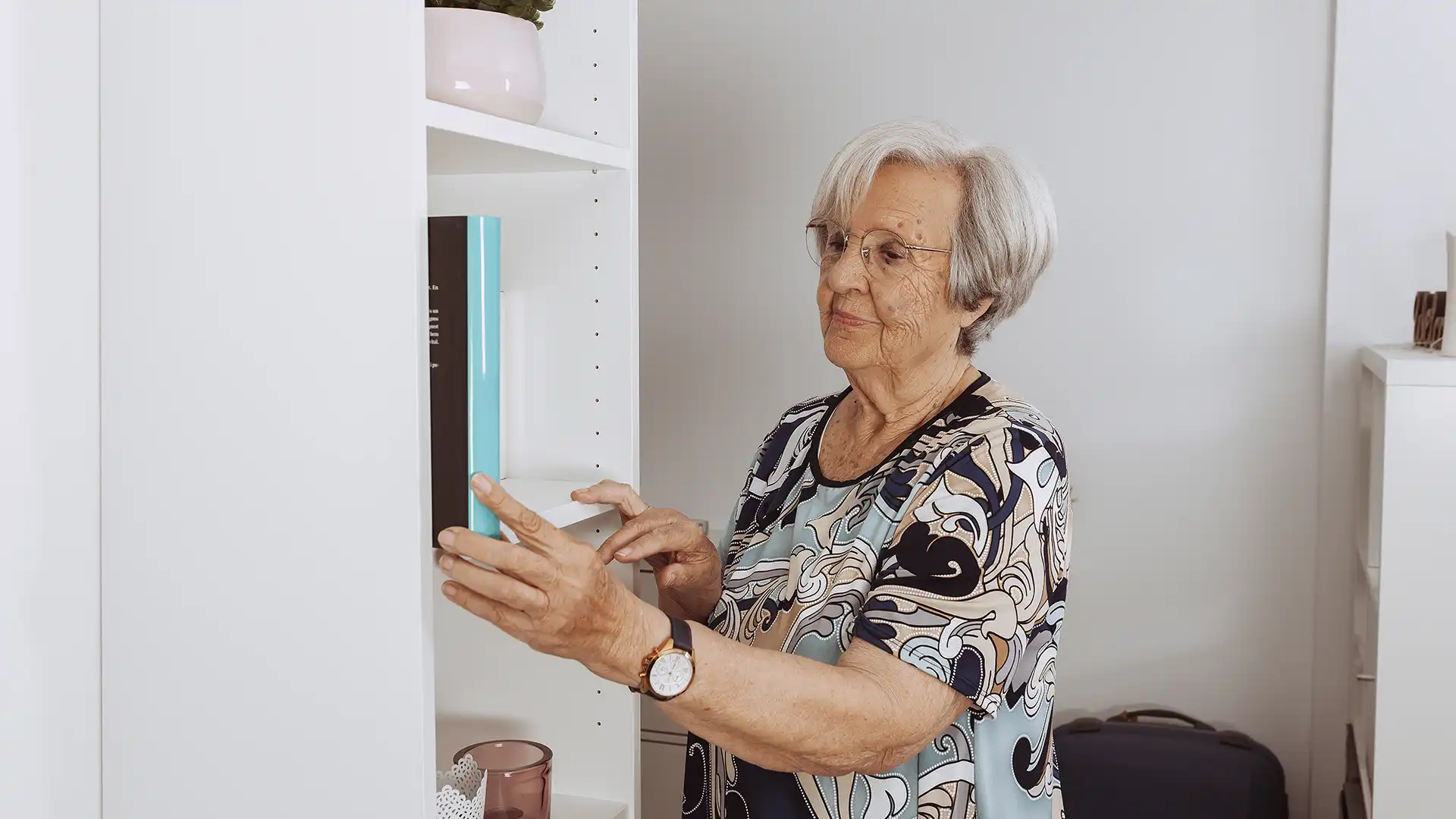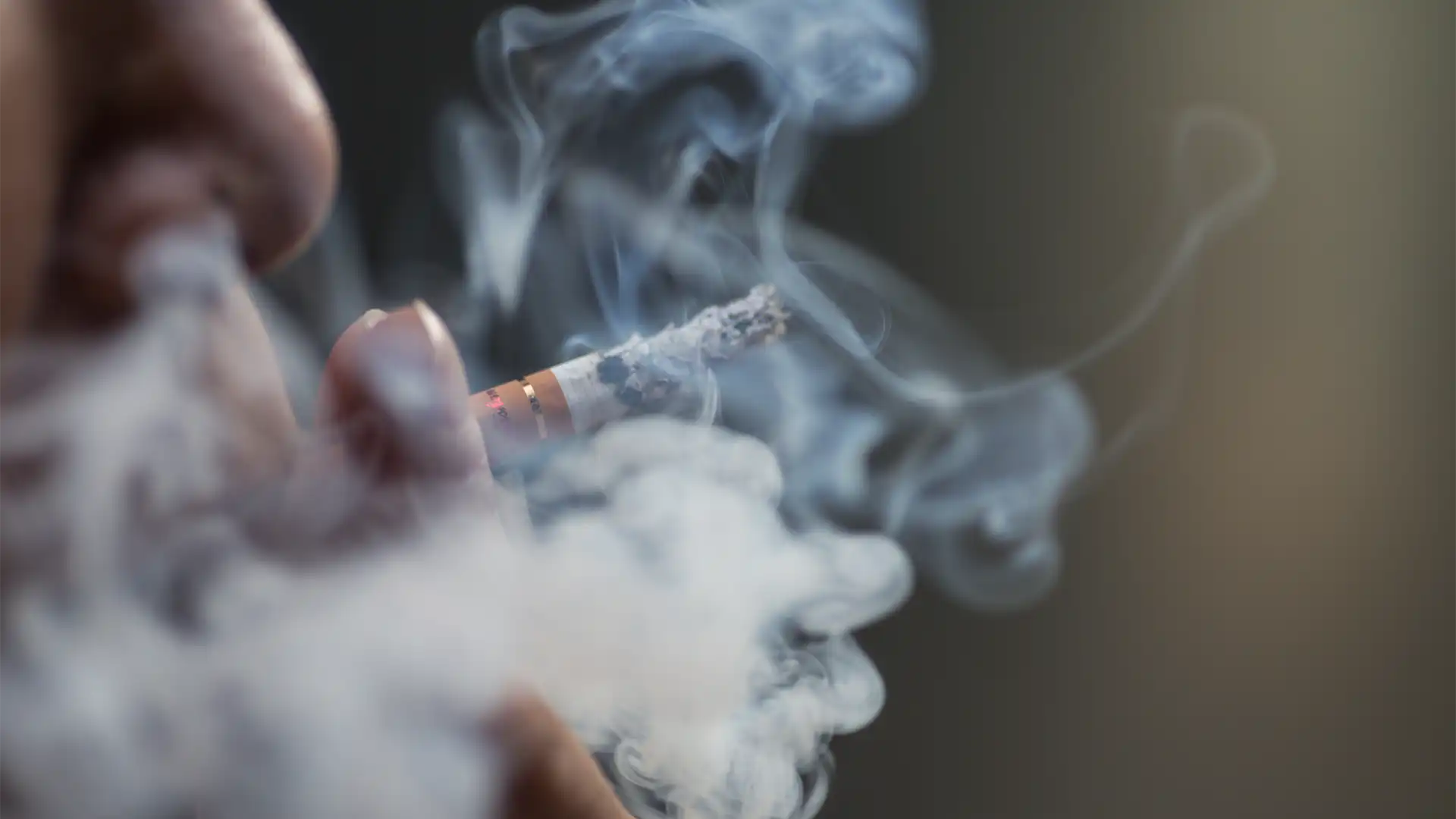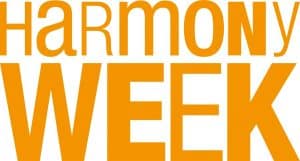Summary
Misophonia is a condition characterized by intense emotional reactions to specific sounds, commonly known as “trigger” noises, such as chewing, breathing, or repetitive tapping. These sounds elicit strong responses including anger, distress, panic, and disgust in affected individuals, making daily activities challenging and often leading to social isolation. Misophonia translates to “a dislike or hatred of sounds,” with its name derived from the Greek words “miso” (hatred) and “phonia” (sound)[1]. Though not officially recognized as a distinct disorder in the Diagnostic and Statistical Manual of Mental Disorders (DSM-5), it has gained considerable attention in scientific and clinical communities, with a formal consensus definition established in 2022 to standardize research, diagnosis, and treatment efforts[2][3].
The condition is distinct from other auditory sensitivity disorders such as hyperacusis, which involves a general sensitivity to all sounds, and phonophobia, a fear of loud sounds. Misophonia’s unique characteristic lies in the severe emotional response
to specific auditory stimuli, which often exacerbates the individual’s distress and impacts their cognitive control and social interactions[4]. Despite these differences, misophonia may co-occur with other conditions like obsessive-compulsive disorder (OCD) and attention deficit hyperactivity disorder (ADHD), complicating its diagnosis and management[5].
Early research into misophonia faced significant methodological limitations, but the field has advanced considerably, particularly since the establishment of the Misophonia Research Fund in 2020. Key milestones include the development of
diagnostic tools like the CDS score and the A-MISO-S scale, which aid in the accurate assessment and classification of the condition[6][7]. Ongoing studies aim to uncover the neurological, genetic, and psychological mechanisms underlying misophonia, with findings suggesting hyperconnectivity between the auditory and limbic systems of the brain as a possible contributor to the heightened emotional reactions[8][9].
Management of misophonia often involves a combination of therapeutic interven- tions, including Cognitive Behavioral Therapy (CBT), Tinnitus Retraining Thera- py (TRT), and mindfulness-based strategies. Coping mechanisms, such as using
earplugs, listening to music, and seeking quieter environments, are commonly em- ployed to mitigate the impact of trigger sounds. Moreover, societal understanding and accommodations, particularly in workplace and educational settings, are crucial for improving the quality of life for individuals with misophonia[10]. As research continues to evolve, it is hoped that more effective treatments and greater awareness will lead to better support for those affected by this debilitating condition.
Definition and Overview
Misophonia is a condition characterized by an atypical emotional response to com- mon sounds, such as the ticking of a clock, the hum of a fluorescent light, or the chewing or breathing of another person[1]. These sounds, known as “trigger” noises, can provoke strong emotions such as disgust, distress, panic, or anger in affected
individuals[1][2]. Misophonia translates to “a dislike or hatred of sounds,” with “miso” meaning dislike or hatred and “phonia” meaning sounds[3].
A consensus definition for misophonia was established in 2022, defining it as a disorder of decreased tolerance to specific sounds and their associated stimuli[4]. This consensus was reached after extensive debate among scholars and clinicians, which previously hampered the development of standard diagnostic criteria and comparison of study cohorts[4]. Despite lacking official recognition as a distinct disorder, experts have now agreed on a formal definition for research, diagnosis, and treatment purposes[2][5].
Misophonia is distinct from hyperacusis, which involves a general sensitivity to all sounds without the strong emotional reaction seen in misophonia, and from
phonophobia, which is a fear of loud sounds but may occur concurrently with either condition[4]. Real-life examples of misophonia triggers include the sound of footsteps, kissing noises, the sound of a train, or the clicking of a cat’s claws on a hard surface[6]. These specific noises cause significant emotional reactions in individuals with misophonia, much more so than in people who do not have the condition[2].
It is important to recognize that misophonia is a genuine condition and not merely
a psychological anomaly[7]. People suffering from misophonia deserve compassion, understanding, and appropriate accommodations to help them manage their reac- tions in daily life[7].
History and Development
Misophonia, a condition characterized by strong emotional reactions to specific “trigger” sounds, has gained increasing attention in both scientific research and clinical practice over the past decade. Initially, from 2013 to 2019, research in this area was limited and often suffered from methodological weaknesses that precluded clear inferences or conclusions [5]. However, the landscape of misophonia research changed significantly with the launch of the Misophonia Research Fund in 2020, leading to a marked increase in both the pace and quality of scientific studies [5].
Early Research Efforts
Early studies on misophonia laid foundational groundwork, though they often faced limitations. Notably, these early investigations struggled to draw clear conclusions due to their methodological shortcomings [5]. One of the pioneering works in the field was conducted by Schröder et al., who proposed initial diagnostic criteria for misophonia, emphasizing its psychiatric and psychological dimensions [8]. These early studies aimed to explore various aspects of the condition, including its phe- nomenology, comorbidity, and demographics [9].
Consensus Definition and Improved Methodologies
A significant milestone in misophonia research was the development of a formal consensus definition for research and clinical purposes. Swedo et al. conducted a structured expert consensus process that resulted in the first definition of misophonia offered outside of a single research group or clinician [5]. This consensus has provided a more standardized framework for diagnosing and treating misophonia, thus enhancing the reliability and validity of subsequent research efforts [2].
Diagnostic and Assessment Tools
To facilitate the diagnosis and assessment of misophonia, several tools and metrics have been developed. One such tool is the CDS score, which quantitatively measures misophonia with a high degree of accuracy. This metric allows for the classification of subjects with and without misophonia, boasting an accuracy rate of 91% [10][11]. Another noteworthy contribution is the A-MISO-S scale, introduced to assess the clinical symptomatology and propose diagnostic criteria for misophonia [12].
Ongoing Research and Future Directions
Recent research has continued to delve into the chronic nature of misophonia, investigating how subjects’ triggers evolve over time and the potential underlying mechanisms—genetic, neurological, and psychological—that contribute to the con- dition [13]. Moreover, ongoing studies are exploring whether misophonia should be approached from an audiological or psychiatric/psychological perspective and are examining associated psychological profiles such as disgust sensitivity, autism-like traits, and perfectionism [9].
Real-life Implications and Emotional Responses
Misophonia often presents with real-life examples where specific sounds, such as the steps of a disliked person or the clicking of a cat’s claws, evoke intense emotional responses in affected individuals [6]. These emotional reactions can create a classi- cal conditioning paradigm, maintaining or strengthening the misophonic reflex over time [14]. Despite the absence of official recognition in current classification systems like the DSM-IV-TR and ICD-10, the clinical community continues to refine diagnostic criteria and assessment scales to better understand and treat this condition [12].
Clinical Features
Misophonia is characterized by a decreased tolerance to specific sounds and sen- sory stimuli, leading to strong emotional reactions. This condition, while not yet officially recognized as a distinct disorder, has gained recognition among experts and a formal consensus definition has been established for research purposes, diagnosing, and treating it[2].
Symptoms and Reactions
The core symptoms of misophonia revolve around the emotional and physiological reactions to specific “trigger” sounds. These sounds commonly include chewing, breathing, swallowing, and tapping noises, among others[14][15]. The emotional responses to these triggers are intense and often overwhelming, falling under the natural “fight-or-flight” instinct[2]. Individuals may experience feelings of anger, anx- iety, disgust, and even rage upon hearing these sounds[2][15]. These reactions are involuntary and can be difficult to control, leading to feelings of distress and, in severe cases, aggressive behaviors[16].
Physiological Responses
Alongside emotional responses, physiological symptoms often accompany miso- phonia episodes. Common bodily reactions include increased muscle tension, heightened heart rate, sweating, and a general state of distress[15]. These physical symptoms underscore the intense and immediate impact that trigger sounds can have on individuals with misophonia.
Variability in Triggers and Severity
The triggers for misophonia can vary widely among individuals. While some people might only react to a single sound, others may have multiple trigger sounds that elicit a misophonic response[2]. The severity of reactions also differs, with some individuals managing to control their responses despite intense emotions, while others find it nearly impossible to stay calm when exposed to trigger sounds[2]. Interestingly, a person’s own chewing sounds do not usually trigger a reaction and may even be used as a coping mechanism to counteract incoming triggers[11].
Cognitive and Behavioral Impact
Misophonia significantly impacts cognitive and behavioral aspects of an individual’s life. The strong negative emotional responses can interfere with cognitive control, leading to difficulties in maintaining focus and suppressing irrelevant tasks[16].
Studies have shown that people with misophonia may exhibit larger Stroop effects when exposed to trigger sounds, indicating a depletion of cognitive resources needed for task performance[16]. This decreased cognitive control further exacerbates feel- ings of helplessness and lack of self-control among sufferers.
Coping Mechanisms
To manage the distress caused by trigger sounds, individuals with misophonia often resort to various coping mechanisms. These include listening to music, using earplugs or headphones, walking away from the source of the sound, and even avoiding social situations altogether[11]. Some may also ask the originator of the trigger to stop making the sound[11]. While these strategies provide temporary relief, they often reinforce avoidance behaviors, which can negatively impact social interactions and overall quality of life[16].
Prevalence and Diagnosis
Prevalence reports of misophonia vary significantly, ranging from 6% to 49.1%, largely due to differing assessment methods and criteria used in defining the con- dition[11]. Currently, there are no official criteria for diagnosing misophonia in the Diagnostic and Statistical Manual of Mental Disorders (DSM-5). However, it has been proposed that misophonia might be appropriately categorized under “Obsessive Compulsive and Related Disorders”[17]. Diagnosis typically involves clinical inter- views and questionnaires, as no psychoacoustic tools are available to assess its presence[11][17].
Emotional and Social Consequences
The intense emotional
Underlying Causes and Mechanisms
Misophonia is understood as a brain-based disorder characterized by a decreased tolerance to specific sounds, often referred to as “trigger sounds” [2][18]. While the precise mechanisms underlying misophonia are not fully delineated, several potential causes have been proposed, spanning genetic, neurological, and psychological domains.
Neurological Mechanisms
A growing body of research suggests that misophonia may involve hyperconnectivity between the auditory and limbic systems of the brain [19][20]. This hyperconnec- tivity indicates an excessive number of connections between neurons that regulate hearing and emotions. Functional MRI studies have shown that trigger sounds elicit exaggerated responses in the anterior insular cortex (AIC), a brain region implicated in emotional processing [19]. This suggests that misophonic individuals experience heightened emotional reactions to certain auditory stimuli.
One proposed neural mechanism points to aberrant anatomical or functional con- nections between auditory and limbic regions, similar to the increased structural connectivity observed in synesthesia [13]. This abnormal connectivity may disrupt the processing of sound stimuli and contribute to the severe emotional responses seen in misophonia.
Contextual and Expectation Effects
The context in which sounds are experienced may also play a significant role in misophonia. It has been suggested that contextual information or expectation effects could bias individuals’ responses to aversive stimuli, potentially exacerbating the emotional reactions associated with misophonia [13]. For instance, knowing that a certain environment will contain trigger sounds might heighten anxiety and emotional distress even before the sounds are encountered.
Sensory Processing Disorders
Misophonia shares some features with other sensory processing disorders (SPDs), which involve challenges in modulating, integrating, and discriminating sensory input. However, the specific auditory sensitivities seen in misophonia differ from those typi- cally observed in conditions like autism spectrum disorders (ASD), where individuals are often sensitive to unexpected and loud noises [12]. The distinct pattern of auditory triggers in misophonia, particularly eating sounds, underscores the uniqueness of this condition compared to other SPDs.
Genetic and Psychological Factors
While the genetic basis of misophonia remains speculative, researchers are investi- gating potential hereditary components and psychological factors that may contribute to the development and manifestation of the disorder [13]. Misophonia can manifest at any age but is most likely to develop during the early teen years, suggesting that both
genetic predispositions and environmental influences during developmental stages may play a role [2].
Diagnosis and Assessment
Misophonia is not officially recognized as a distinct disorder in the most recent edition of the Diagnostic and Statistical Manual of Mental Disorders (DSM-5), though there have been suggestions to include it under “Obsessive Compulsive and Related Disorders” in future editions[2][18]. Diagnostic criteria for misophonia were first pro- posed by Schröder and colleagues in 2013, based on their clinical observations[17]. However, these criteria may be overly restrictive, particularly for youth, as they require the individual to recognize their reaction to the trigger sounds as excessive and specify that the sounds must be produced by human beings[17].
Formal diagnostic criteria for misophonia have not yet been established, but con- sensus panels of expert clinicians and scientists are working towards this goal[17]. In 2022, an expert committee created a consensus definition for the purpose of research, diagnosis, and treatment[2]. Current methods of diagnosing misophonia involve clinical interviews and questionnaires, as no psychoacoustic tools have been officially validated for this purpose[11][21].
Recent studies have explored various assessment tools. A new psychoacoustic test developed to assess misophonia has shown promising results, with an accuracy
of 91% in classifying subjects with and without the condition[11][10]. This test can reliably and quickly assess misophonia, although extended questionnaires may be more suitable for evaluating its impact on quality of life over time[11].
In addition to clinical interviews and psychoacoustic tests, quantitative measures such as the CDS score have been used to gauge the severity of misophonia by evaluating aversion towards different sound sources and events[10]. Higher scores indicate greater overall severity[22]. Further research into comorbid conditions and psychological therapy strategies is essential for understanding the underlying mech- anisms of misophonia and potentially developing effective treatment methods[14].
Treatment and Management
Therapeutic Interventions
Treatment for misophonia often involves addressing related conditions, such as anxiety or OCD, as these treatments may help alleviate misophonia symptoms. It is advisable to consult with a healthcare provider to determine the most appropriate treatment options for individual cases[2]. Despite recent advances in treatment,
no randomized controlled trials have yet validated the efficacy of these therapies, and they remain strategies developed through clinical practice rather than through rigorous experimental conditions[23].
A crucial element in the success of misophonia treatment is the presence of a supportive system, including family, to understand the complex process involved in managing the condition. Progress requires patience, motivation, and a positive attitude[24]. Cognitive Behavioral Therapy (CBT) and Tinnitus Retraining Therapy (TRT) have been noted as potentially helpful treatments. TRT, which is also used
for tinnitus, aims to retrain the auditory system to respond more positively to sound, although its effectiveness can vary[14][25].
Behavioral and Cognitive Strategies
Mindfulness and acceptance-based treatments are additional methods that may enhance traditional CBT programs. These approaches can help individuals better manage stress and cope with misophonia triggers[14][25]. Compassion training and distress-tolerance techniques are also suggested to mitigate the emotional reactions caused by misophonia[14].
Coping Mechanisms
For day-to-day management, various coping strategies can be employed. These include listening to music, using earplugs or headphones, and utilizing white noise apps on smartphones to drown out trigger sounds[11][7]. Preparing in advance for situations with potential triggers, such as family gatherings, can also help manage reactions[26]. Some individuals find comfort in self-acceptance and choosing envi- ronments that minimize exposure to triggers, such as working in quieter settings or solitary occupations[27].
Sound Therapy
Sound therapy, particularly TRT, has shown promise for patients with sound sensitiv- ity disorders. TRT involves the use of ear-level combination devices that provide am- plification and tranquil background sounds to desensitize the patient to certain noises. The therapy typically takes about 9-18 months to complete. For patients suffering from both hyperacusis and misophonia, experts recommend treating hyperacusis first[14][25].
Psychological Support
Finally, investigation into comorbid conditions and other psychological therapy strate- gies might help to reveal more about the underlying mechanisms of misophonia, potentially leading to more effective treatment methods in the future[14]. Professional support from empathetic therapists can aid individuals in better managing stress and learning coping techniques to deal with misophonia triggers[25][11].
Epidemiology
Misophonia, a condition characterized by strong emotional reactions to specific sounds, can affect individuals of any age, though it most commonly develops during late childhood or early teenage years. Research indicates that misophonia is more prevalent among women and individuals assigned female at birth (AFAB), with estimates suggesting that 55% to 83% of cases occur in these groups[2][19]. The onset of misophonia symptoms has been reported between the ages of 9 and 13, although the exact age of onset for this lifelong condition remains uncertain[20].
The global prevalence of misophonia varies widely, with studies indicating rates as low as 5% and as high as 20%[4]. In the United States, it is estimated that
approximately 3% of the population is affected by misophonia, although the condition may be underdiagnosed due to its correlation with other auditory disruptions; for instance, 92% of individuals who are hyperaware of sounds also have misophonia[4].
Misophonia is often associated with comorbid psychiatric conditions, including ob- sessive-compulsive disorder (OCD), attention deficit hyperactivity disorder (ADHD), and major depressive disorder. In one study, 72% of subjects with misophonia had no comorbid Axis I psychiatric disorder, while 22% had one comorbid disorder, and 6% had two or more comorbid disorders[9]. Notably, misophonia is more common in individuals with obsessive-compulsive traits who do not meet the full criteria for an OCD diagnosis[2].
There is also evidence to suggest that the severity of misophonia symptoms may differ between men and women[28]. Despite the variation in prevalence and severity across different populations, misophonia remains a condition that can significantly impact the lives of those affected, necessitating further research to better understand its epidemiology and underlying mechanisms[13].
Impact on Life and Society
Misophonia can significantly affect individuals’ daily lives, leading to various coping mechanisms and lifestyle adjustments. People with misophonia often find it challeng- ing to carry out daily tasks in common environments due to the distressing nature of trigger sounds. This can make it difficult to complete chores at home or maintain workplace responsibilities, often leading to social isolation as individuals may avoid situations that expose them to anxiety-inducing noises[29].
The emotional impact of misophonia is profound. Individuals frequently experience strong emotions such as anger, anxiety, or disgust in response to specific sounds[2].
These reactions are often so intense that they are difficult to control, affecting both mental health and overall well-being. In severe cases, individuals may also
experience suicidal thoughts or behaviors, particularly if they have comorbid mental health conditions[2].
Managing misophonia requires a multifaceted approach. Effective treatment often in- volves a team-based strategy and a supportive family environment that understands the complexity of the condition and the process of rewiring the brain and nervous system[24]. Progress in treatment is gradual and requires patience, motivation, and a positive attitude[24].
Despite not being officially recognized as a distinct disorder in diagnostic manuals like the DSM-5, experts have reached a consensus on its definition for research, diagnosis, and treatment purposes[7]. Misophonia is characterized by a decreased tolerance to specific sounds and related stimuli, significantly more intense than typical reactions[2]. Real-life examples of trigger sounds include the clicking of a pen, the tapping of a foot, or the sound of chewing, which can evoke extreme emotional responses[14].
There is also a need for societal understanding and accommodations to support individuals with misophonia. For instance, workplace adjustments such as providing headphones or modifying policies can help mitigate the effects of trigger sounds- [2]. Additionally, support systems and professional help, including remote services offered by institutions like the Misophonia Treatment Institute, can be beneficial for individuals and families struggling with the condition[7].
Furthermore, misophonia’s impact is not limited to personal life but extends to educational settings. Studies have shown that a significant number of undergraduate students in psychology and medical-science departments suffer from misophonia, indicating its prevalence across different cultures and environments[4].
References
- : Definition of MISOPHONIA
- : Misophonia: What It Is, Triggers, Symptoms & Treatment
- : Diagnosing Misophonia – Misophonia Institute
- : Misophonia – Wikipedia
- : Editorial: Advances in understanding the nature and features of misophonia – PMC
- : Misophonia: current perspectives – PMC
- : What Misophonia Treatment is Right for You?
- : Proposed Diagnostic Criteria for Misophonia – Misophonia Treatment
: Misophonia: Phenomenology, comorbidity and demographics in a large sample –
- : A psychoacoustic test for misophonia assessment | Scientific Reports
- : A psychoacoustic test for misophonia assessment – PMC
- : Misophonia: Diagnostic Criteria for a New Psychiatric Disorder – PMC
- : Misophonia: physiological investigations and case descriptions – PMC
- : Misophonia and Potential Underlying Mechanisms: A Perspective – PMC
- : Misophonia Triggers – Misophonia Institute
| [16]: |
Severity of misophonia symptoms is associated with worse cognitive control when exposed to misophonia trigger sounds | PLOS ONE
| [17]: |
International OCD Foundation | Like Nails on a Chalkboard: A Misophonia Overview
- : Misophonia: Symptoms, Triggers, Treatment, and More
- : Misophonia: What it is, symptoms, and triggers [20]: What Is Misophonia?
- : What Is Hyperacusis? (Definition, Symptoms, Causes, and Treatment Options)
- : Clinician’s Guide to Misophonia
| [23]: |
Misophonia: A Systematic Review of Current and Future Trends in This Emerging Clinical Field – PMC
- : Treatment for Misophonia | Sound Relief Tinnitus & Hearing Center
- : 4 Ways to Deal with Misophonia – wikiHow Health
- : Misophonia Coping Tips – Misophonia International
- : 8 Misophonia Coping Strategies | Allergic to Sound
| [28]: |
Misophonia and comorbid psychiatric symptoms: a preliminary study of clinical findings – PubMed
[29]: What Is Hyperacusis? Symptoms, Causes, Treatment, & More












